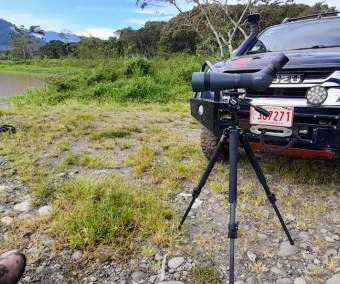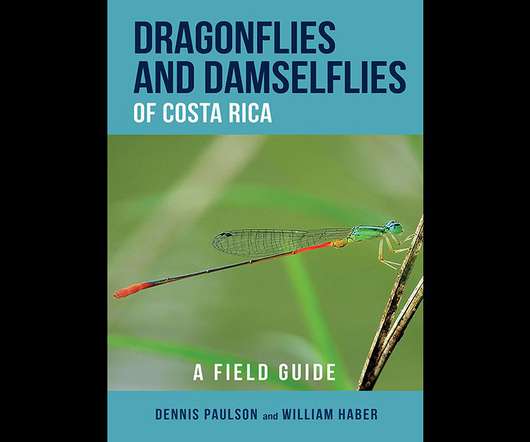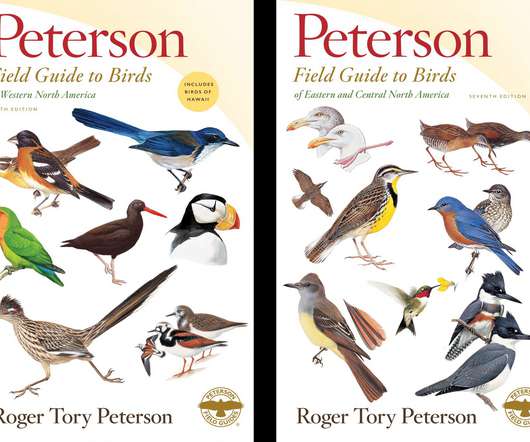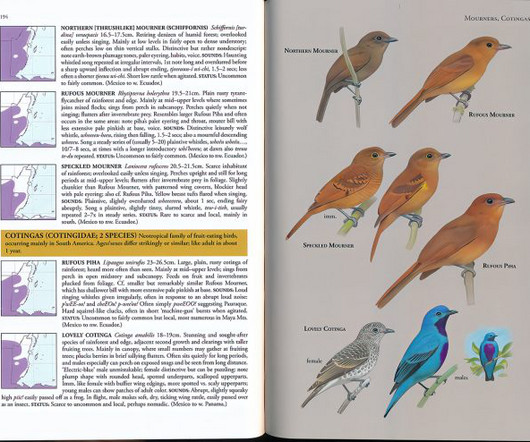Pied Oystercatcher breeding update
10,000 Birds
NOVEMBER 8, 2015
In the case of the two pairs of Pied Oystercatchers that did actually hatch their eggs and have chicks for a few days they did lay once more, but then they failed to even hatch the second clutch and then no longer attempted to breed. In 2007 one Pied Oystercatcher was fledged along this stretch of beach and none succeeded in 2009.























Let's personalize your content